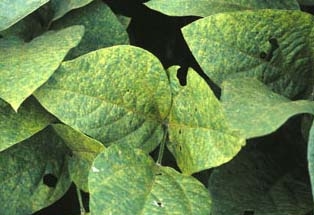Bee Alert: Is a Controversial Herbicide Harming Honeybees?

Yale Environment 360 Recent court cases have focused on the possible effects of glyphosate, found in Monsanto’s Roundup, on humans. But researchers are now investigating whether this commonly used herbicide could also be having adverse effects on the health and behaviour of honeybees. Story here. RELATED: Scientists cast doubt on claims by the chemical giant, Bayer, that its newest pesticide is safe for bees. - by Larry Powell















